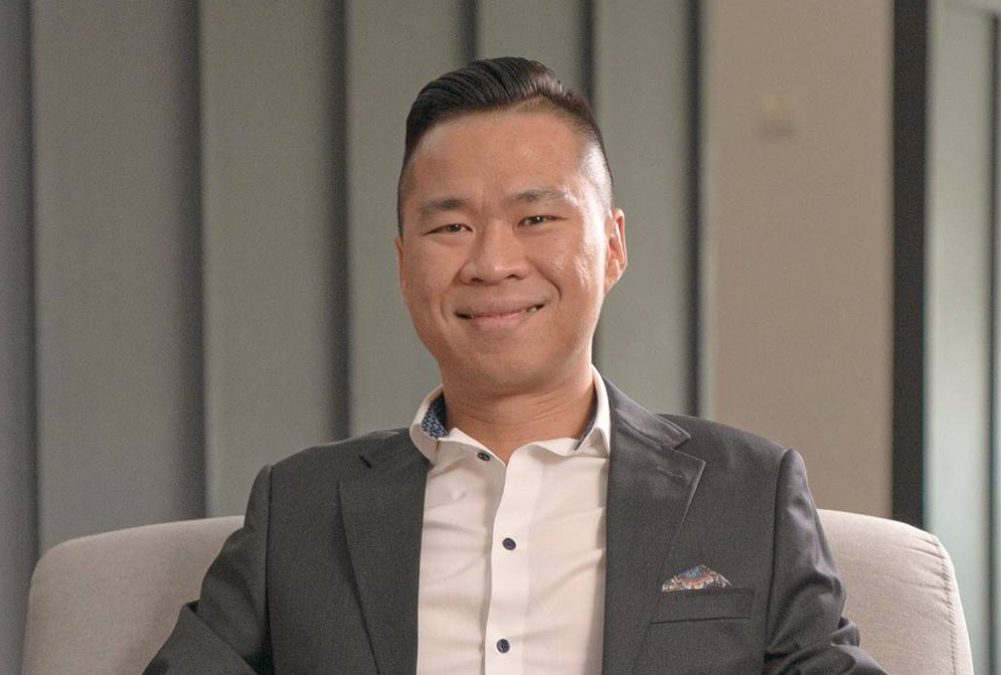
Netccentric Presentation – NWR Virtual Investor Conference (Series 8)
10 Aug 2021
Netccentric-Nuffnang Group confident of Crunch’s continued growth and strong potential ahead
19 Aug 2021Netccentric Subsidiary Sashimi Asia shares Insights on Successful Marketing during the Pandemic
The years 2020 and 2021 have been extraordinary ones for Malaysia, just as they have also been throughout the Asia-Pacific region and all four corners of the world. Our national pastimes of frequenting shopping malls, crowding large screens to watch a drama or cheer our badminton heroes, and cycling outdoors have all come to a screeching halt.
The sustained movement restriction orders have completely reshaped our habits. We’ve found ourselves shooting and editing family TikTok videos at home, instead of frequenting malls. What used to be roars and vuvuzelas from jubilant crowds, when Lee Chong Wei scored us medals, have turned into memes and Instagram stickers. We also ditched outdoor cycling and hiking for our new found love in home Tabata or HIIT workouts.
Considering where Malaysians currently are in mitigating the pandemic, it certainly doesn’t look like we’ll be reverting to the ‘old normal’ anytime soon. And as consumers continue to shift to more pandemic-friendly trends, how do marketers adapt to remain relevant and empathetic to consumers?
We’ve seen some outstanding case studies, where marketers weaved brands into the fabric of relevant consumer solutions during this pandemic. For instance, empowering livelihoods for the unemployed, and for those working from home; enabling optimal health, entertainment, connections and security.
- Empowering the unemployed to sustain themselves
- Facilitating home workouts to keep Malaysians healthy
- Encouraging home entertainment to keep Malaysians sane
- Enabling virtual interactions and meaningful connections between communities
- Empowering consumers to fortify their homes with security and comfort
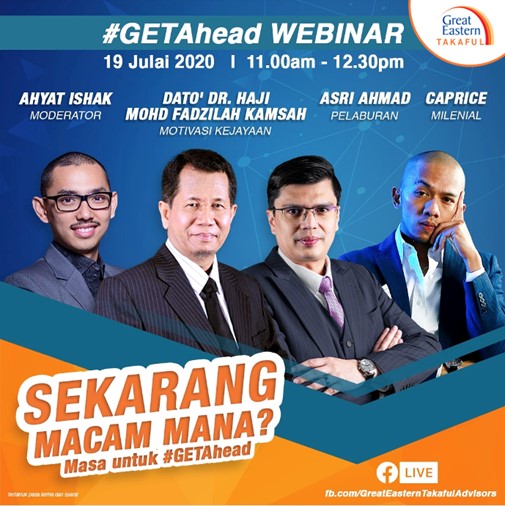
We witnessed Great Eastern Takaful (GET) transform their traditional agent-recruitment ground events into emotive webinars, that encouraged furloughed employees to #GetAhead of their current predicament. Through that same act of encouragement, laid the perfect solution for temporary unemployment – a GET agent, with no strings attached.
GET also took it a step further by equipping these new agents with new-age marketing content, co-produced YouTube videos and Instagram stickers for instance, to facilitate their conversations with their respective social networks.

Gillette Venus, in collaboration with Farah Ann, inspired women to perform regular home workouts, both for physical health and as moments of mental respite for mothers juggling home, work and childcare.
Farah Ann nudged Malaysian women to pull out their workout mats through her large following on Instagram. Our favorite national gymnast subsequently led them through short Tabata workouts through IGTV.
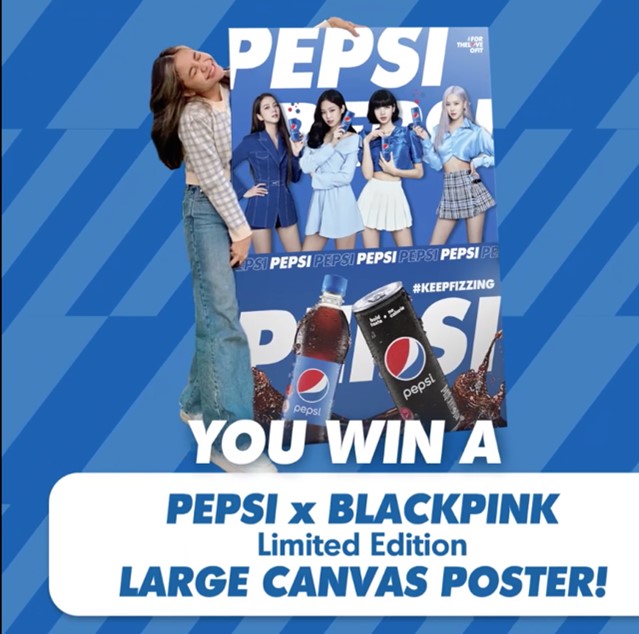
While some marketers took on commendable causes of protecting livelihoods and health of consumers, Pepsi Malaysia brought families and communities together in a virtual BlackPink dance challenge. Malaysians unleashed their BlackPink moves to TikTok, from home, and virtually challenged each other in the running to win exclusive BlackPink merchandise.
In contrast to the polarized political climate in Malaysia, seeing Malaysians from all walks of life come together for their common love for BlackPink and in the spirit of some good old-fashioned fun, was indeed heart-warming
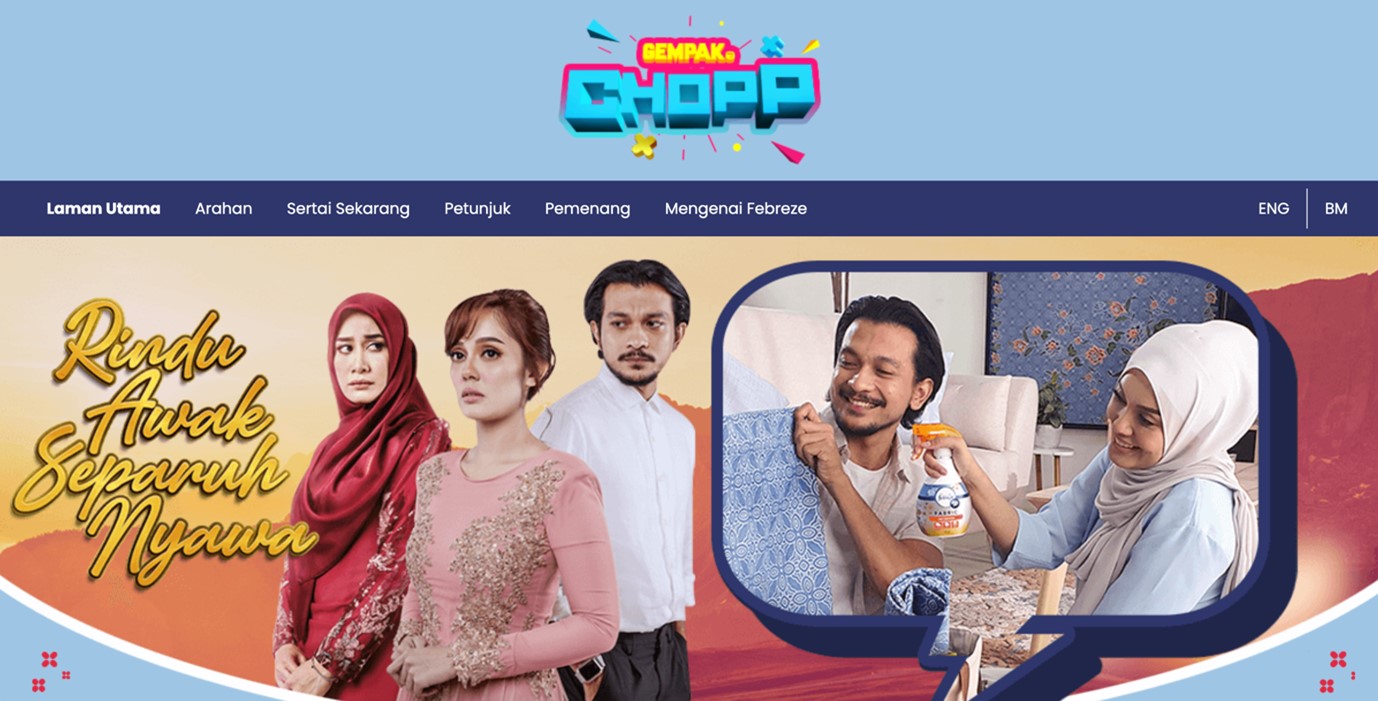
Febreze, in collaboration with Astro, expressed empathy towards large families which are used to crowding around living room screens to watch dramas – exchanging emotions and opinions in the process.
Due to movement restrictions, large families have been segregated and deprived of real-time interactions during their favorite dramas. In response, Astro provided an online platform, which empowered families to effectively shift those interactions onto a virtual platform. The release of a top drama, which Febreeze sponsored, subsequently became the perfect catalyst that triggered a wildfire of interactions between the drama lovers.
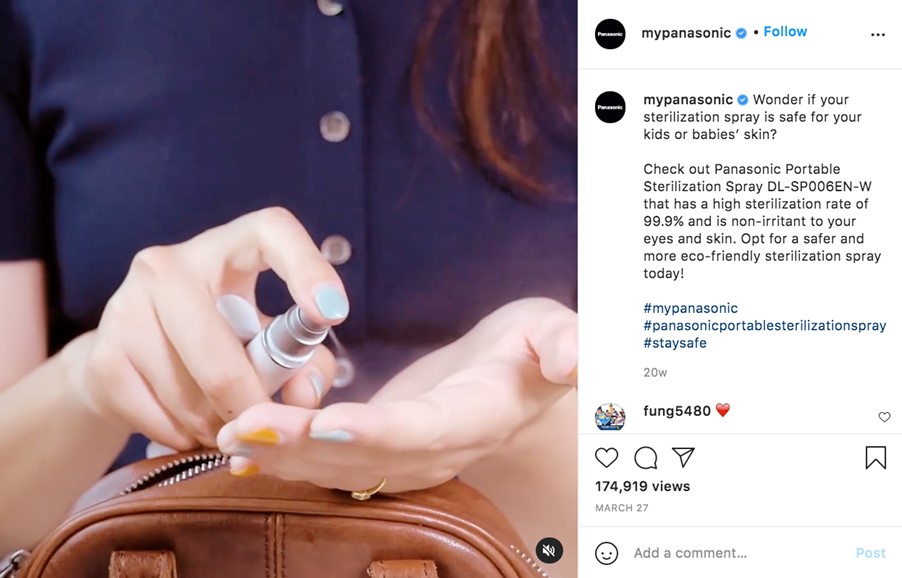
As consumers sought refuge from the safety of their homes, we also saw Panasonic take to Instagram and Facebook, relevant products to help consumers fortify their sense of security. Portable Strerilizer Sprays and the Nanoe-X powered air-conditioners were marketed to consumers as a moat and their last line of defense against the virus.
Through these marketing case studies, we’re experiencing the confluence of habits from the old-normal, new age communication channels and relevant technologies to virtually replicate physical experiences. We’re also seeing marketers tread a fine line between brand and performance marketing as aspirations come into balance with sustenance. These factors have, as a result, compelled marketers to strive for that perfect balance between data, story-telling and technology.
Embracing these new formulas represent the path to pandemic recovery and long-term victory. For marketers accustomed to the ways of the past, a period of adjustment is ahead.
Fayth Tiah, a Senior Manager from Sashimi Asia (contributing agency to above marketing case studies) added, “the silver-lining of this pandemic is a tighter client-agency relationship, as we pull together our resources and take collective steps forward in finding those balances.”
DESMOND KIU is the managing director of Sashimi Asia, a subsidiary of ASX-listed Netccentric Limited.
